A few weeks back in episode three of this season of Beechgrove Garden I had a wee chat in the glasshouse about seedlings.
More specifically, I talked about why we need to rotate our seedlings periodically and why we pinch out certain plants like sweet peas.
This little segment seems to have touched a nerve with people enjoying some of the science going on under the bonnet of gardening and horticulture.
I felt compelled to carry on the chat here and further explore the theme of plant hormones.
Best of all, I’m not having to spend 10 hours in hair and makeup to look human before chatting about it! Only kidding… I’d imagine I’d need much longer than that!
Major plant hormones
The ‘classic five’ hormones that every gardener should know about are auxins, cytokinins, gibberellins, abscisic acid and ethylene.
Sounds confusing and scary but trust me they aren’t as intimidating as they sound. Learning about them will even change the way you look at plants forever.
It may not be necessary to learn them all off by heart for your wee postage stamp in Buckie, but you may learn something here that changes the way you think and that’s enough for me.
Auxin
Auxin was the main hormone I talked about out in the aforementioned segment on Beechgrove Garden.
Phototropism is the phenomenon of plants leaning towards the light. The reason for phototropism is because of auxin.
Auxin is more prevalent on the dark side of plants. Here it causes faster growth through cell elongation therefore the dark side of the plant grows faster than the side facing the light.
This means that like a hunchback, it lurks forward. We periodically rotate our seedlings or houseplants in the window in order to even out the balance and ensure we have straight, upright plants rather than weak, heavily leaning ones.
Auxin is also responsible for apical dominance, that is to say upward growth over outward growth.
The top of a plant stem is called the apical meristem. This point is full of the hormone auxin.
When we pinch out the growing tip (i.e. the apical meristem) then we cut off the supply of auxin. In doing so we end its dominance and this allows other plant hormones to come to the fore.
Cytokinin
Cytokinin’s now come into play once the overwhelming presence of auxin is reduced and lateral growth (i.e. outward growth and branching) occurs.
This is why we pinch out our sweet peas once they reach around 15cm (6 inches) tall.
By pinching out the apical meristem to just above a leaf junction we cut off the auxin supply and allowing cytokinin’s to come to the fore and cause the sweet peas to produce lateral branches which in turn means we end up with much stronger, bushier plants which naturally will flower far more owing the additional framework of branching stems.
Gibberellin
Plants have a lot thank gibberellins for. Gibberellins appear on the surface to have characteristics of all four other plant hormones. A jack of all trades if you will. Gibberellins cause cells to elongate in general between stem cells.
They play a role in fruit development and flower development. Most notably they cause seed germination.
Ethylene
This is promotes fruit ripening. Bananas are a famous example as a producer of ethylene. They say pop your unripe fruit next to a banana to get it to ripen. This is true. Bananas will produce ethylene and interestingly ethylene begats ethylene meaning the more there is then more it causes others to produce.
This is why they say also say not to put your bananas in the fruit bowl. They cause other fruit to ripen rapidly and it may spoil before you get to use it.
Abscisic acid
This hormone has a nifty function in helping plants deal with environmental stressors like drought, heat stress, salinity in soil and also improving tolerance to freezing.
Most famously it causes seed and bud dormancy. Senescence is a nature part of any plant life cycle.
Germination via gibberellins, growth and elongation via auxin, lateral growth via cytokinin’s, fruit ripening via ethylene and lastly dormancy via abscisic acid.
Plant hormones play a massive part in all crucial stages within plants; from seed to death.
I’ve always been fascinated in all the inner workings of plants but regardless of whether or not you’re keen on the science behind the stem, I hope I’ve sparked some new considerations within our complex yet humble plants.
Take care and happy gardening.
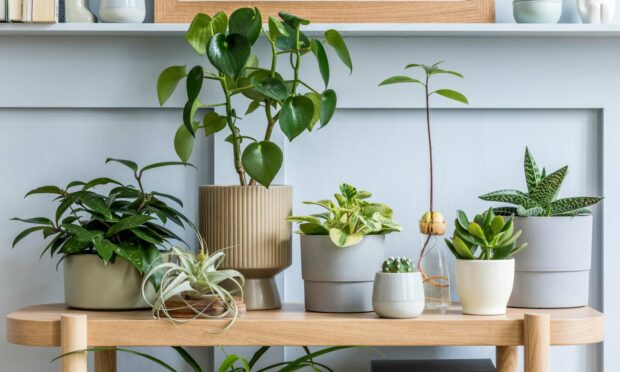
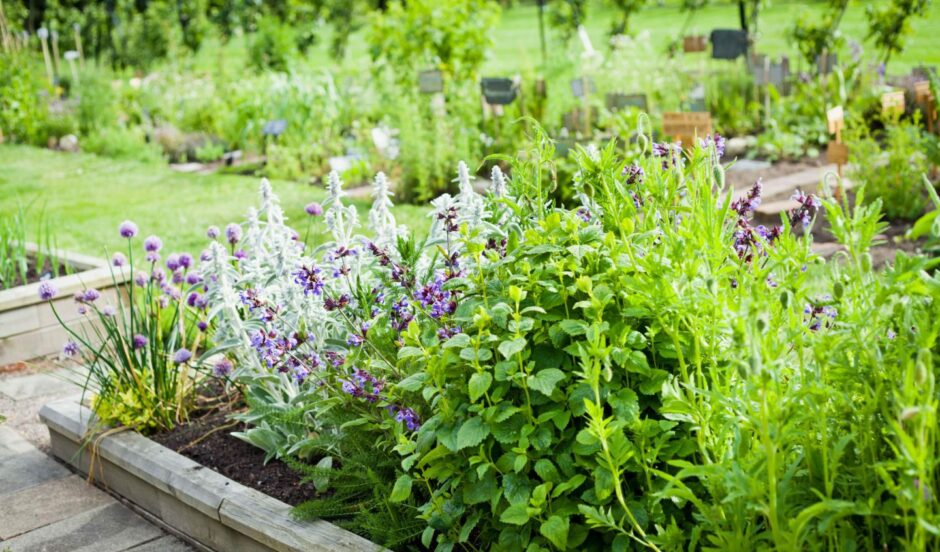
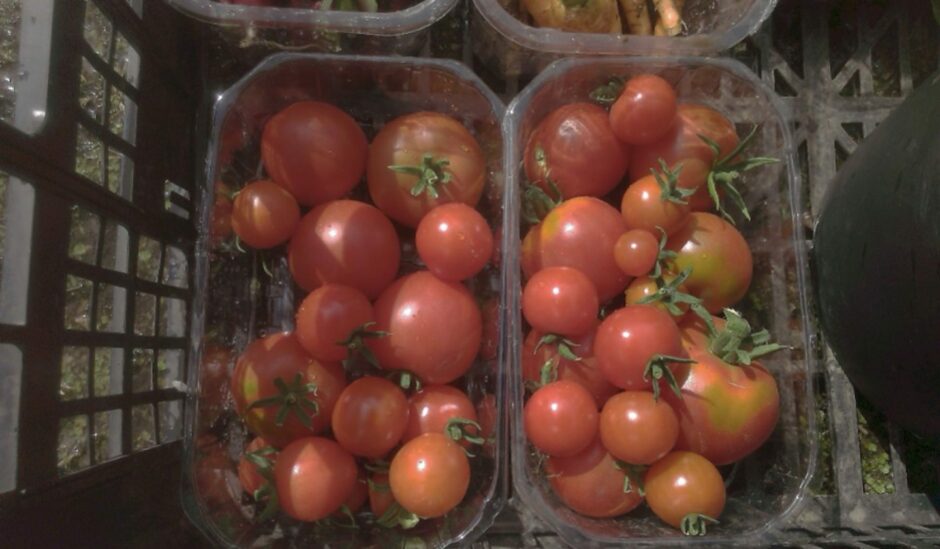
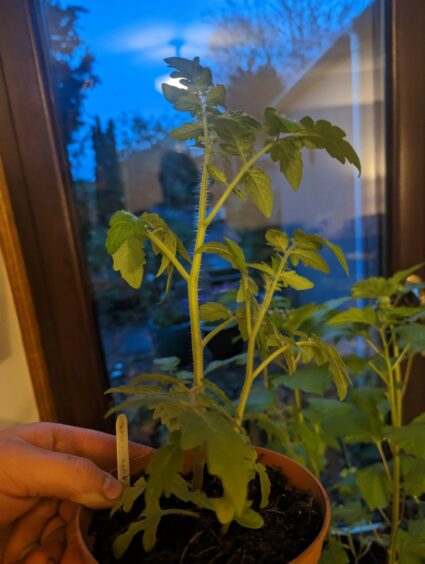
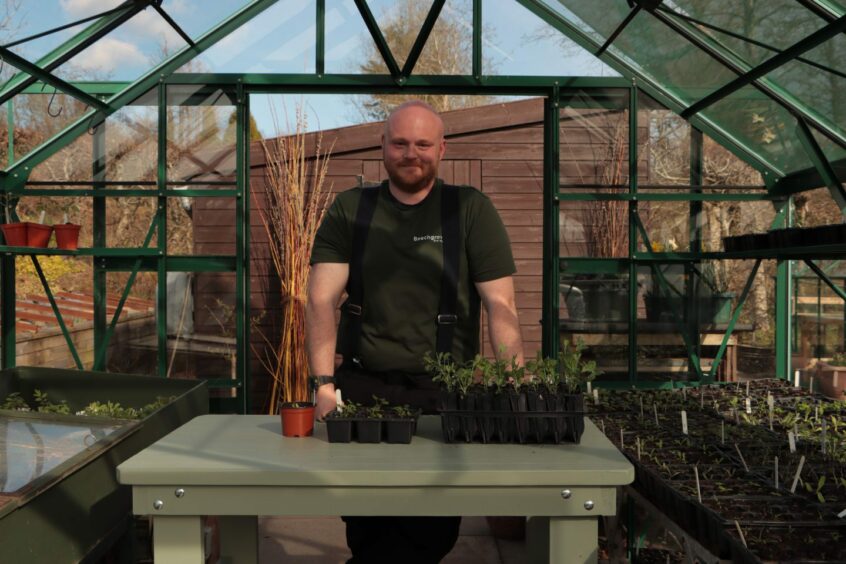
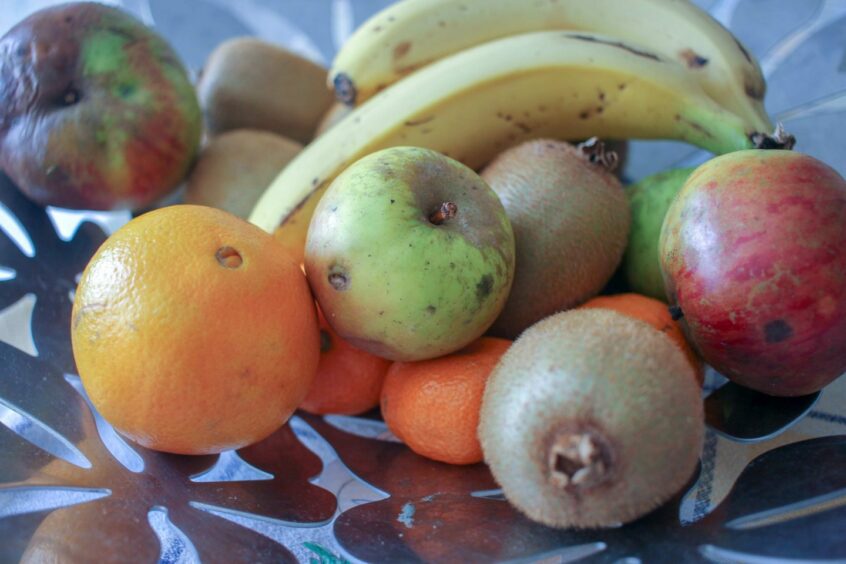
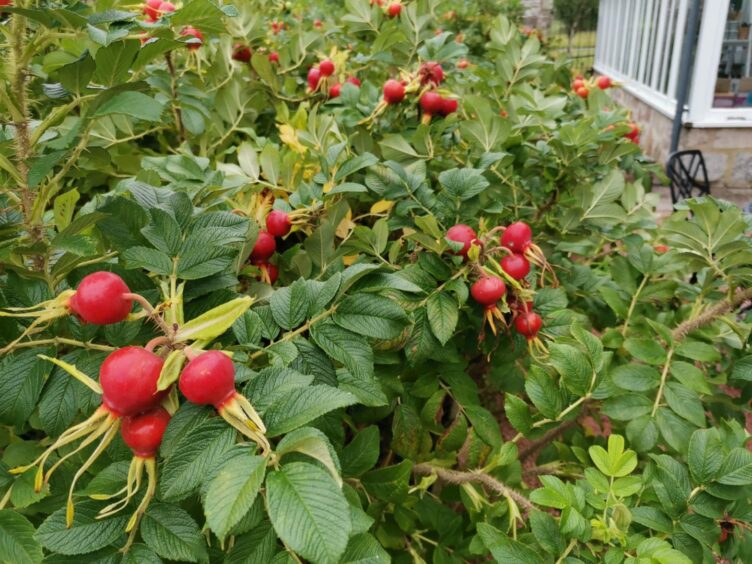
Conversation